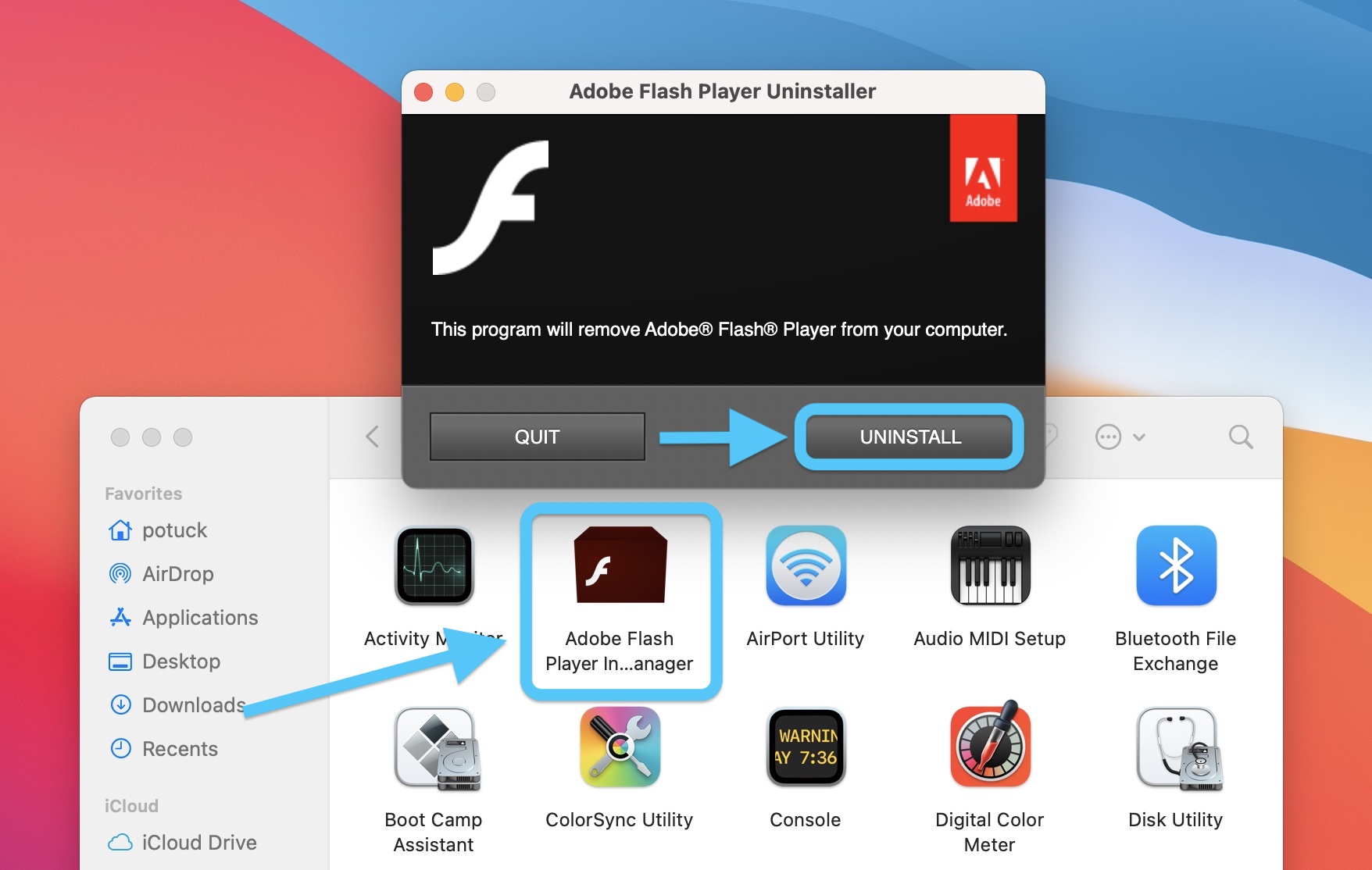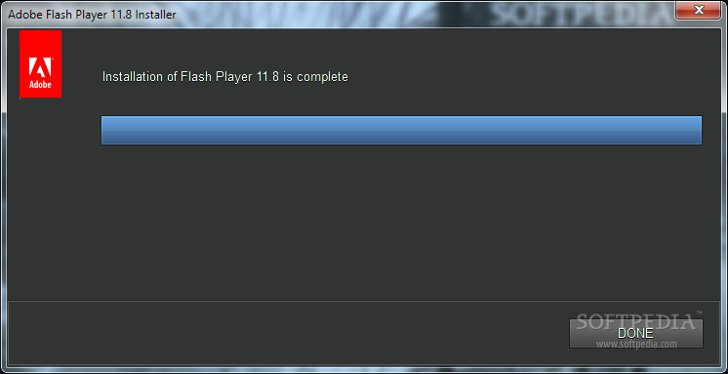
- #ADOBE FLASH PLAYER ON ITUNES STORE FOR MAC OSX INSTALL#
- #ADOBE FLASH PLAYER ON ITUNES STORE FOR MAC OSX SOFTWARE#
- #ADOBE FLASH PLAYER ON ITUNES STORE FOR MAC OSX FREE#
#ADOBE FLASH PLAYER ON ITUNES STORE FOR MAC OSX SOFTWARE#
This method will leave preference files from the software on the computer and will only remove the program itself.ĭrag the folder of the program you wish to delete to the Trash on the dock.
#ADOBE FLASH PLAYER ON ITUNES STORE FOR MAC OSX INSTALL#
Install an older version of Flash Player - Download the installer for Adobe Flash Player version 29 - has the Windows version and Mac version. Programs installed via both third-party applications and from the Mac App Store can be removed manually. It will most likely say 'Adobe Flash Player 32' if it was updating automatically - If its there, select it and uninstall it - If its not there, go on to the next step 2.

Removing a Program Using the Built-In Uninstaller Follow the on-screen instructions to install the application.Select the General tab. The Application Title was blocked from opening because it is not from an identified developer message will appear.Installing Software from an Unverified Developer Double-click this file and the installer will guide you through the installation process. Some applications (like Microsoft Office) have installers. Drag the file into the Applications Folder directly to install it. In this case, the Application File will appear in the Downloads folder if you are downloading from a website. Drag the program into the Applications Folder m acOS will automatically install the software for you.A window should appear showing the program you are installing and the Applications Folder. Once a program has been downloaded or a CD has been inserted, a.
#ADOBE FLASH PLAYER ON ITUNES STORE FOR MAC OSX FREE#
OS X Mavericks, available to download free from the Mac App Store.

OSX/MacOffers is known for modifying the search engine in the victim's browser.Students, staff, and faculty can install or remove programs on a computer running on macOS. Once installed, the apps would download and install the OSX/MacOffers adware. The six new notarised apps posed as Flash installers.

"App notarization has been mandatory for all apps that want to run on Apple's newest macOS releases, like Catalina and Big Sur". Once added to the GateKeeper whitelist, notarized apps can be opened and installed with a simple click, without any warnings or popups. Once approved, Mac's in-built security screening software called "Gatekeeper" allowed the app to run. The malware passed through the strict Apple "notarisation" process that scans an app for security issues. Cybercriminals managed to pass malicious apps through the Apple app "notarization" process for the second time this year, reports ZDNet. The malicious apps masquerading as Adobe Flash installer are not going to go away anytime soon as Apple has once again fixed six more such apps.


 0 kommentar(er)
0 kommentar(er)
